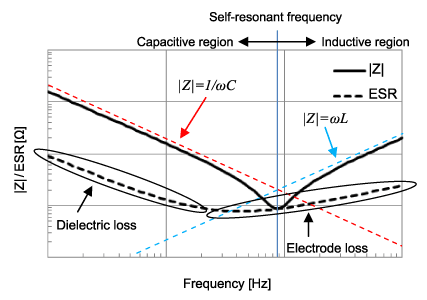Thank you Emile for taking a time and effort for that explanation.Good morning Kris,
Let me start with explaining the reason for my comment which is a bit out of character. It's just to get ahead of an inrush of questions to our support department if they should buy more then one switch which is not what we recommend. As an example your previous comments about a "huge difference' in sound between DAC cable lengths caused led to a significant amount of orders AND returns of just DAC cables in various lengths. Furthermore people are now ordering switches with multiple DAC cables lengths to subsequently return the surplus cables. As we don't resell returned products as new, and our employees receive a salary, if this keeps up we will actually have to raise our prices! Now if there actually was a significant difference there that would be absolutely fine, and I don't doubt you are hearing what you are hearing, but for the vast majority it's just not there. Luckily we have not had many people buy a second switch yet, which they will likely end up returning, so I just took the bold road and made a comment that your experience does not match the experiences of the vast majority, of which we do keep track as much as possible.
With that said, although you can use your network to "tune" your sound to a certain degree, I don't feel it's the most effective terrain to do so. What's really going on is you're using noise as a tuning measure. This can actually have a surprisingly large effect, and most of the time you're not lowering noise, but you're increasing it. Let me give you an example of using noise for tuning in music server software. You can use your system memory bank as a type of "resonator". By generating activity in system memory in varying patterns, you create different noise spectra, which modulate sound, to a shockingly large degree. You can also manipulate this from a hardware approach by altering memory refresh which is a necessary process which causes the maximum current draw of a memory module which by default happens every 7.8 microseconds. Now you can spread and vary this over time, the more modules / memory rows you have, the more you can spread this for a more even noise pattern, which is generally preferred, but your preference may actually be different if you're using this mechanism deliberately to ALTER your sound. Touching on a post I made yesterday on USB, the 8KHz packet rate can be manipulated to alter sound as well. It can be used to change the perception of incisiveness and dynamics (punch), or it can be manipulated to sound smoother, basically by altering (distorting) the data waveform traveling through the conductors. Interestingly worse technical performance can be preferred audibly, which absolutely presents some engineering challenges, aiming for optimal technical performance, or for a more pleasing sound.
"noise" tuning is just an unavoidable significant part of high-end audio. We all are aware that the best technical specs do not always translate into the best sound. There's a vast array of tuning devices out there which deliberately inject or manipulate noise into our systems to create an effect. Your additional switches are not lowering noise, they are increasing it. The 5M DAC cable is a little bit worse technically and a bit noisier then a 2M DAC cable, but can controversially sound a bit smoother. However you are manipulating a whole pool of noise, think of cooking a big pot of soup adding lots of ingredients, each adding to the final flavour. If you accidentally added too much salt, it's very hard to get the flavour right again, now you can add sugar to mask the overly salty taste to a degree, but you won't get rid of it and the final dish won't be that great. If it need to be perfect the only solution is to start over again. Luckily we don't have to start over again in our systems, but you do need to find the salty component or part which is causing this severe disbalance, which just is a better approach then to trying to mask it by adding sugar.
A few questions:
1) Do you notice a large difference between daytime and nighttime listening?
2) Do you have friends who when listening to your system agree with this imbalance?
3) Do you use tilted up components like for example Furutech NCF Rhodium plugs or outlets, or Silver/Rhodium plated plugs / outlets from other companies?
I am so happy that you and many other of members here try to help !
1. after 10 PM it is always much better. At 1 AM it is best usually.
2. No. My System is very expensive in total so it is „masking„ imperfections. Also I always invite people when I fine tune the system and overall „soup” is very tasty. People are usually amazed and want to stay over night Just to be able to keep listening .
3. Unfortunate YES . All my outlets are Furutech rhodium,
I have Oyaide 5,3 mm2 Dedicated lines direct to my listening room.
Is Rhodium in your opinion a SALT in my system?
I have 2 pure copper ( no plating) outlets that I ordered a week ago and I could try to use Them.
Also all my plugs are gold plated. All DC cables Mundorf silver/gold.
I already ordered power Quality recording ( one week) that John T recommended. This is exactly what I planned to do for last few months. If there is all good with power delivery it will be a good news .
If there are issues I will know what is wrong .




